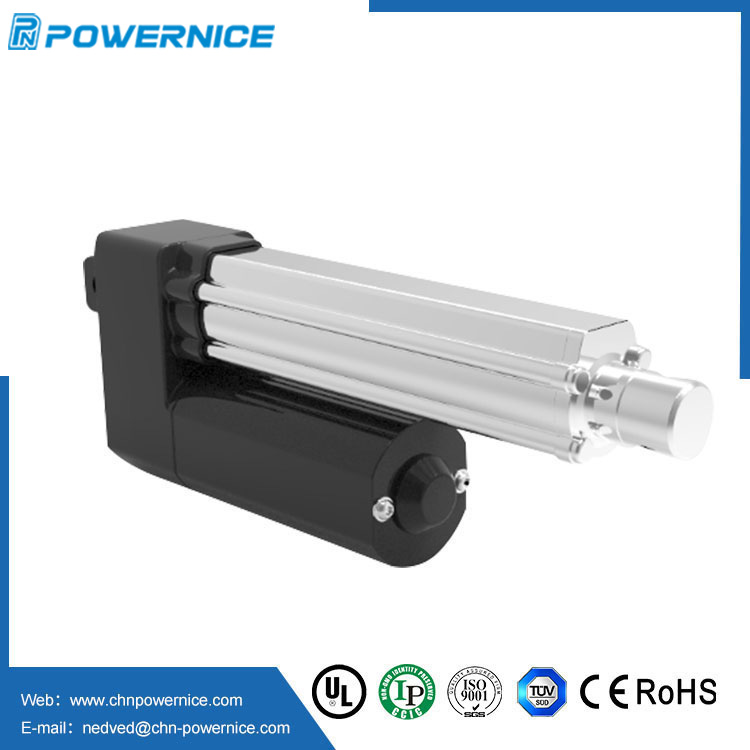Considerations for selecting electric linear actuators for cruise ship applications
2024-04-12
Electric linear actuators used in cruise ships play a crucial role in controlling various functions and mechanisms onboard. Here are some key considerations for selecting electric linear actuators for cruise ship applications:
1. Application Specifics: Identify the specific applications and functions for which the electric linear actuators will be used on the cruise ship. These may include adjusting passenger amenities such as seats, tables, and beds, as well as operating doors, hatches, windows, and ventilation systems.
2. Load Capacity: Determine the maximum load capacity required for each linear actuator based on the weight and size of the components it will be moving. Consider factors such as the weight of passengers, furniture, equipment, and structural elements to ensure that the actuators can handle the loads safely and reliably.
3. Stroke Length: Determine the required stroke length of the linear actuators based on the range of motion needed for the specific applications. Consider factors such as the size of the space in which the actuators will operate and the distance the components need to move.
4. Speed and Force: Assess the required speed and force output of the linear actuators to meet the performance requirements of the cruise ship's systems and amenities. Higher speed may be necessary for rapid adjustments, while greater force may be needed to overcome resistance or lift heavy loads.
5. Environmental Conditions: Consider the environmental conditions in which the electric linear actuators will operate onboard the cruise ship, including exposure to saltwater, humidity, temperature fluctuations, and vibration. Choose actuators with rugged and corrosion-resistant designs capable of withstanding harsh marine environments.
6. Integration and Compatibility: Ensure that the electric linear actuators are compatible with the cruise ship's existing systems, including electrical interfaces, control systems, and mounting configurations. Consider factors such as space constraints, power supply compatibility, and communication protocols for seamless integration.
7. Control and Automation: Determine the control and automation requirements for the electric linear actuators, including manual control options, remote operation, and integration with onboard automation systems. Consider actuators with built-in limit switches, position feedback sensors, and programmable control options for precise and reliable operation.
8. Safety and Redundancy: Prioritize safety features such as overload protection, thermal protection, and emergency stop functionality to prevent damage to the actuators and ensure passenger safety. Consider redundancy measures such as backup power supplies or redundant actuators for critical systems to minimize the risk of failure.
9. Certifications and Compliance: Choose electric linear actuators that meet relevant industry standards and regulatory requirements for marine applications, such as marine-grade certifications, shock and vibration resistance, and compliance with international safety standards.
10. Reliability and Serviceability: Select electric linear actuators from reputable manufacturers known for their reliability, durability, and customer support. Consider factors such as warranty coverage, maintenance requirements, and availability of spare parts to ensure long-term performance and serviceability.
By considering these factors, you can select electric linear actuators that meet the specific requirements and performance needs of cruise ship applications, ensuring safe, reliable, and efficient operation of onboard systems and amenities.



